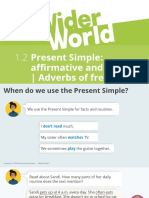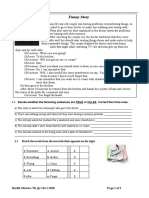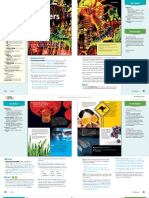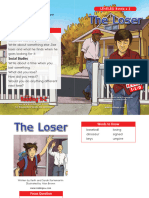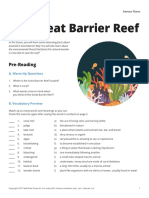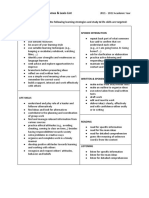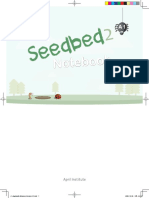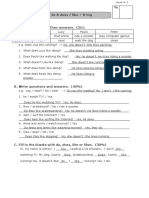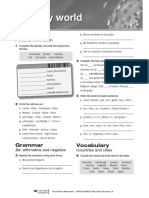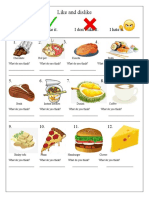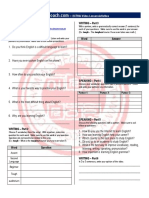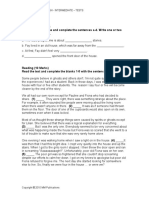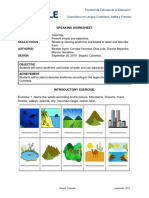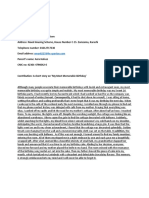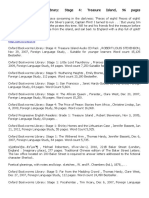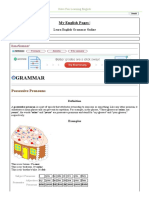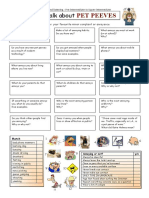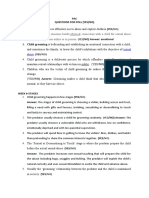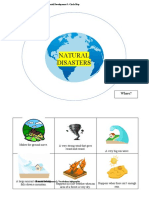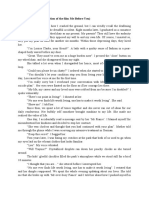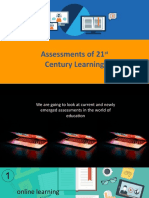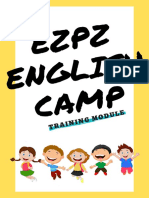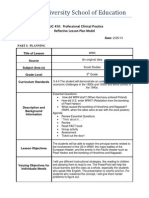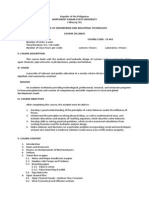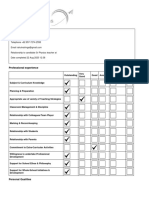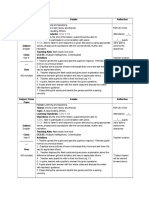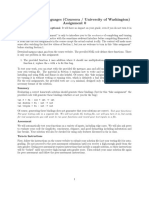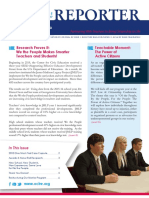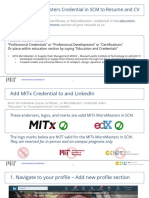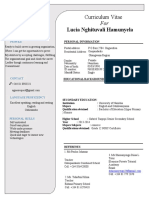100% found this document useful (1 vote)
127 views20 pagesTSL 592 Methodology of Teaching Writing
This document provides an overview of teaching writing, including defining what writing is, the types of writing, what is involved in the writing process, and the stages of learning to write. It also describes the composing behaviors of more and less proficient ESL writers. For post-beginner ESL writers, it suggests activities that focus on communicating ideas through guided composition writing, language play, pen pals, journals, and computer-mediated writing.
Uploaded by
Fatin HamimiCopyright
© © All Rights Reserved
We take content rights seriously. If you suspect this is your content, claim it here.
Available Formats
Download as PPTX, PDF, TXT or read online on Scribd
100% found this document useful (1 vote)
127 views20 pagesTSL 592 Methodology of Teaching Writing
This document provides an overview of teaching writing, including defining what writing is, the types of writing, what is involved in the writing process, and the stages of learning to write. It also describes the composing behaviors of more and less proficient ESL writers. For post-beginner ESL writers, it suggests activities that focus on communicating ideas through guided composition writing, language play, pen pals, journals, and computer-mediated writing.
Uploaded by
Fatin HamimiCopyright
© © All Rights Reserved
We take content rights seriously. If you suspect this is your content, claim it here.
Available Formats
Download as PPTX, PDF, TXT or read online on Scribd
/ 20



